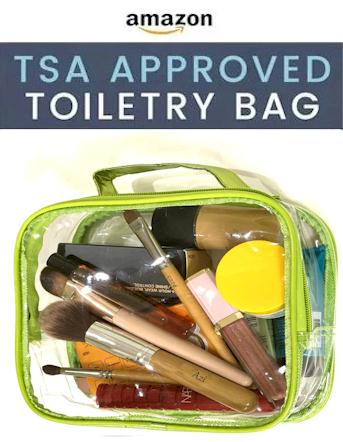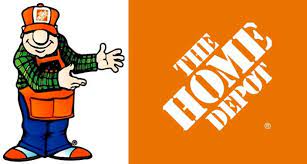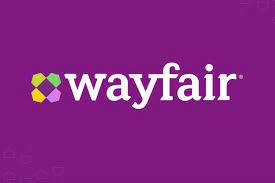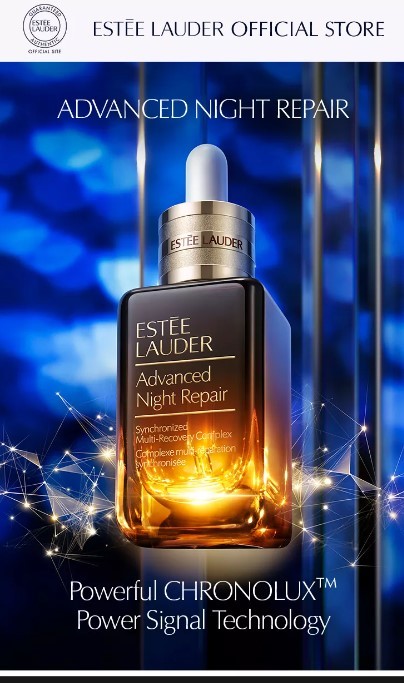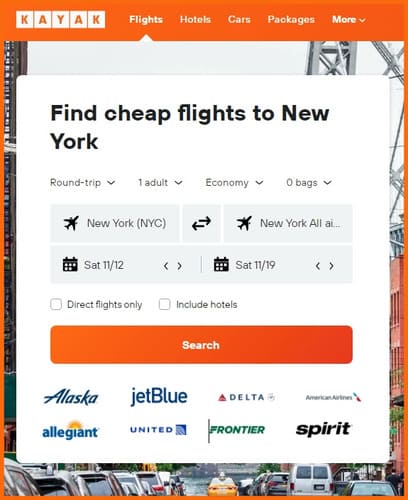
Virginia & Truckee Railroad
See Routes:
Comstock Train Route
35-Minute Round-Trip Train Ride from Virginia City to Gold Hill – V&T Railroad Route Map
Take a fascinating 35-minute ride back into history over the scenic Virginia & Truckee Railroad. Hear the conductor narrate remarkable stories of the Comstock Bonanza, when the V&T was built, and Virginia City was the richest city on earth, with more millionaires than anywhere else.
What You’ll See
Watch for mines and silver ore veins. You’ll ride through Tunnel No. 4, the last tunnel before Virginia City, one of seven built for the 1600-ft. descent to the valley floor. You’ll pass by many of the Comstock mine sites including the Gould & Curry, Savage, Hale & Norcross, Potosi, Chollar, Julia, Ward Bullion, East Yellow Jacket, Crown Point, Kentuck, Yellow Jacket, Combination and the Foreman.
Historic Gold Hill , Nevada
Finally, you’ll stop in Gold Hill , rich in American history where the Comstock Era gold and silver strikes began in 1859. See the train depot, the Liberty Engine Fire Company monument , visit at the 1859 Gold Hill Hotel and see the early Bank of California building and the Maynard Block.
Except for the last train of the day at 4pm, passengers can disembark in Gold Hill and visit the Gold Hill Hotel (NOTE: they are currently not serving lunch but are worth a visit any time!) You can then return on a later trip the same day.
For more information (775) 847-0380 – Steam or diesel equipment will vary based on availability V&T Railroad Tickets
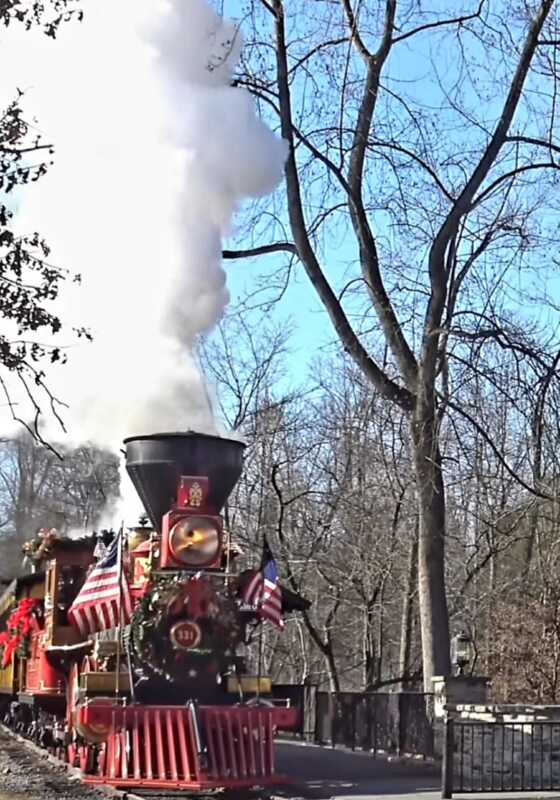
Carson Train Route
Virginia & Truckee Railroad History
The Virginia & Truckee Railroad Company was incorporated in Nevada in 1868 to provide more efficient and economical transportation between the rich Comstock Lode gold and silver mines of Virginia City and Gold Hill with quartz reduction mills located along the Carson River below Dayton and with lumber yards located near Carson City.
The standard gauge line was completed from Virginia City to Carson City (21 miles) on January 29, 1870. Tracks were extended to interchange with the Central Pacific in Reno (52.2 miles total) on August 24, 1872.
It was incorporated and controlled by the principals of the Union Mill and Mining Company and the Bank of California, Darius Ogden Mills, William C. Ralston and William Sharon. According to rail historian Gilbert Kneiss, the road’s owners were sharing a $100,000 monthly profit from the railroad by 1873. As many as 52 trains passed daily over the road.
Carson City railroad built
At Carson City, the railroad built a massive complex of repair shops which serviced the needs of the V & T and numerous mines, mills, railroads, and small concerns throughout the west coast.
In 1880 the owners of the Virginia & Truckee Railroad constructed the three foot narrow gauge Carson & Colorado Railroad, connecting with the Virginia & Truckee at Mound House, to serve mining areas to the south extending to Keeler, California. The C&C Business Car No. 10, the Esmeralda, C&C Coach No. 5, and several smaller artifacts are also part Orange Empire Railway Museum’s collection.
Renowned western engineer John Debo Galloway credited the railroad as “one of the major factors that helped in the revival of mining, the finding of greater ore bodies and the continuous activity of from two to three decades that followed”. Noted author Lucius Beebe described the Virginia & Truckee Railroad in 1947 as “probably the most publicized of all short line railroads in the United States … the glamour girl of all railroads”.
By the last decade of the nineteenth century the boom days of the Comstock Lode had ended. The C&C’s revenue had declined, prompting it’s sale to the Southern Pacific in March 1900. Later in the year, however, a boom following the discovery of silver at Tonopah increased revenues of both railroads for the next decade.
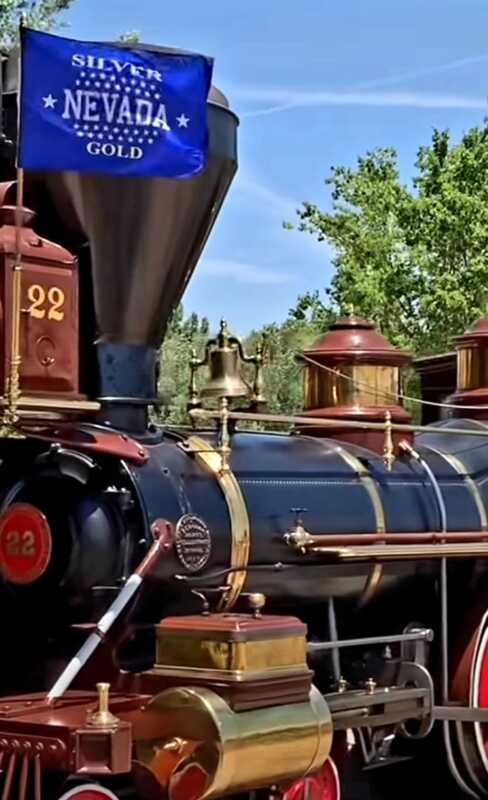
The Virginia & Truckee Railway was formed June 24, 1905 to take possession of the Virginia & Truckee Railroad Company and to construct any required extensions.
On August 1, 1906 the V&T opened a new 15.4 mile branch line from Carson City south to Minden to serve the growing agricultural interests of the Carson Valley, this was to be the last track construction on the Virginia & Truckee Railroad
With the increased activity new equipment was added including three new locomotives from Baldwin: No. 25 in 1905, No. 26 in 1907, and No. 27 in 1913. Coach No. 19 was acquired, used, in 1904. A short Express-mail Car No. 20 (later renumbered No. 21) was constructed by the Virginia & Truckee Railroad shops in 1906. Combination Car No. 20 was ordered from the Hicks Locomotive and Car Works in 1907.
With the decline in Comstock mining activity and the growing auto and truck competition, the Virginia and Truckee began a gradual decline during the early 1920s. The tracks between Carson and Virginia City were removed late in 1941. Management of the V&T was forced to seriously consider total abandonment of the line in the face of continuing debt. On May 31, 1950, the V&T made its last scheduled run from Minden to Reno.
Preservation
During the 1930’s and 1940’s many of the Railway’s locomotives and cars were sold to the motion picture studios for use in motion pictures and television shows. A number of these locomotives and cars are now preserved in museums. Three of the Hollywood Virginia & Truckee Railroad locomotives, Nos. 18, 22, and 25, and eleven V&T passenger cars have returned from Hollywood to Carson City, Nevada, and are now part of the Nevada State Railroad Museum’s collection. Virginia & Truckee locomotives, Nos. 12, 13, and 21 are preserved at California State Railroad Museum in Sacramento, as is Combine No. 16. V&T Locomotive No. 20 is preserved at the Pennsylvania Historical Museum, Strasburg. V&T Combine No. 20 is the last V&T passenger car remaining in southern California. V&T Locomotive No. 11, along with V&T Express No. 1 and Coach No. 19 are at Old Tucson, an Arizona film location.
The Carson City Passenger Depot, Gold Hill Depot and the Virginia City Freight Depot are both preserved at their original locations. Locomotive No. 27 was placed on display in Virginia City, it has subsequently become part of the Nevada State Railroad Museum collection along with several cars that had remained in Nevada.
Virginia City line reconstruction as a Heritage Railroad
Reconstruction of the Virginia & Truckee Railroad as a heritage railroad began in Virginia City in 1974 with the first trains operating in 1977. The line now operates a steam locomotive and several cars on a 2.8 miles long line, which follows the original right of way to the Gold Hill Depot. The popular 35 minute train trip, which features a talk about Virginia City mining history, has become a major tourist attraction for the area.
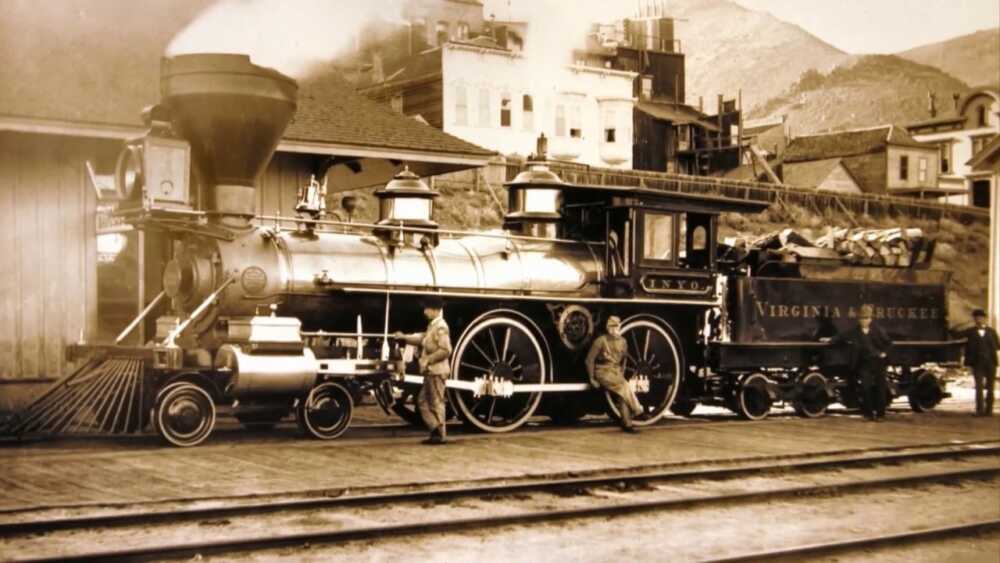
After years of planning, the Nevada Commission for the Reconstruction of the V&T Railway began reconstruction of the line southward from Gold Hill (connection with the current V&T Railroad) in 2005. The first trains ran over the line in August 2009, 11.1 miles South to the “Eastgate Siding” at Mound House. An 1.1 mile extension into Santiago Canyon above the Carson River, to the “Eureka Siding” was completed in December 2009. Extension of the line along the original right of way through the scenic Carson River Canyon to Carson City is currently seeking additional funding.
Combination Car No. 20 exhibited at Orange Empire Railway Museum
On July 20, 1907, Henry M. Yerington, Vice President and General Manager of the Virginia & Truckee Railroad, wrote to the Hicks Locomotive and Car Works requesting additional information on their “Standard 60 foot Combination Car” no. 101 described in their circular C393. Hicks responded with the information and a price quotation of $6,000. On August 5, Yerington again wrote Hicks for additional information, stating that the car might suit the V&T needs but questioning $6,000 as “a pretty stiff figure” based on what the V&T had previously paid for passenger cars.
Yerington also wrote to Barney & Smith, Fitz-Hugh Luther Company, and Zelnicker Supply Company requesting quotes on new and used cars, but on August 26, 1907 ordered the Combine from Hicks at a cost of $5,900 f.o.b. Chicago. As the car was going to be used in mixed train service, Yerington requested that the sills be increased in thickness and extra strong platform undersills be added, with Georgia or Oregon pine preferred. Tower couplers were specified. The color was to be yellow. He wrote that the V&T desired a “high grade car” in every respect, stating “travel is very heavy and a good coach is sure to attract notice from the numerous railway visitor”.
While Yerrington’s letter did not specify the trim color to be used, preliminary archeology above both end doors has revealed a dark brown color trim, letterboard color is not known.
On September 10, Yerington forwarded the color scheme for the body, platform, trucks and letterboard; “the latter to bear legend VIRGINIA & TRUCKEE, in gold leaf lettering, and the car to be numbered 20.”
American Bureau of Inspection & Tests
Yerington arranged for the construction of the car to be inspected by the American Bureau of Inspection & Tests. On October 9 he was advised that Hicks had completed framing of the floor system, or deck, and expected the car to be ready for painting within three weeks.
In order to save the cost of a messenger on board the car during transit from Chicago to Reno, Yerington requested from the C&NW, UP, and SP that the new Combine be added to the end of their passenger trains. The UP and SP were obliging, but the C&NW was not. After several letters and finally a threat by Yerington to no longer do business with the C&NW, the railroad agreed to place the new car in its fast freight train.
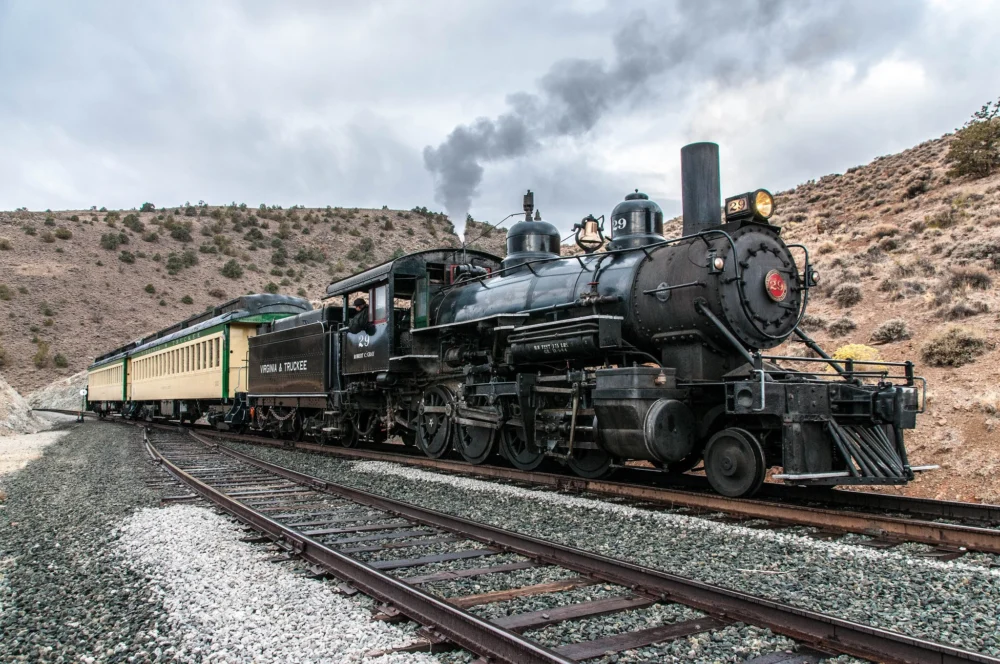
The 60 foot long, 67,000 pound combine left the Hicks plant in Chicago Heights on December 2, 1907, arriving on the V&T December 18. Shipping costs were $350, bringing the total cost for the combine to $6,250.
The local newspapers made note of the combine’s first revenue trip on January 18, 1908 praising the fine quality of the car. After it’s first run on the V&T, the Territorial Enterprise described the car as “the finest local coach ever shipped to the west”. The Nevada State Journal described Combine No. 20 as “one of the best local combination coaches” ever used in the state, “resembling a Pullman built for private use, with its broad windows and gold leaf lettering”. Subsequently the Carson News added the car “has all the very latest improvements.”
The compartments
As delivered the combine consisted of three compartments: a baggage section, a smoking compartment seating 16 passengers, and a coach section seating 32 passengers. A swinging door separated the smoking compartment from the coach section. There were two rest rooms, the one for ladies including a wash stand. High back, red upholstered seats were installed in the coach section, and black leather seats were installed in the smoker section. The combine was equipped with two Spear No. 16-D coal car stoves and five pairs of ornate coal oil ceiling lamps.
Combine No. 20 was used only for special occasions until December 30, 1910, when it was put into commission on the local winter train. The V&T was operating two passenger trains between Virginia City and Reno, an express which made the trip in 2 hours, 45 minutes; and a local, a mixed train, which left Virginia City at 7:45 a.m. and arrived in Reno at 11:40 a.m. The local returned, departing Reno at 1:30 p.m. and arriving at Virginia City at 6:30 p.m.
From 1911 through the early 1920’s Combine No. 20, occasionally referred to as Caboose No. 20, continued to be used on the local winter trains, replaced during the summer months by either Combine No. 15 or No. 16. Each summer Combine No. 20 was sent to the shops for normal repairs, washing or painting. The only major change recorded during this period was the replacement of the composition roof with a tin one in 1914.
While many of the V&T passenger cars received electric lights in 1917, Combine No. 20 did not, presumably because the car was still being used in mixed train service. Electric lights were installed by 1938, although the actual year is not currently known.
The combine’s only known accident occurred in the Winter of 1923 during a severe snow storm. Two local trains had been combined, and headed south with a snow plow on the front. At a deep snow drift the door on a boxcar was torn off, striking cars to the rear of the train. Frank E. Murphy, Vice President and General Manager, wrote that only one window was broken on Combine No. 20, however “all the windows were shattered” on Combine No. 16 which was at the end of the train.
V&T shop records indicate that in 1923 over 500 hours of labor was spent on repairing the Combine No. 20, but the reports do not indicate what work was performed. The combine again returned to the shops in the Fall of 1927, apparently only for minor maintenance and repairs.
1924-1937
In 1924 the railroad experienced its first year without a profit. In June of that year straight passenger train service between Reno and Virginia City was discontinued, replaced by mixed freight and passenger train service. Mixed train service between Carson City and Reno and Carson City and Minden continued daily except Sunday, with railcars being operated on all lines during the quieter times of the day. Regular train service from Carson City to Virginia City was discontinued in 1938.
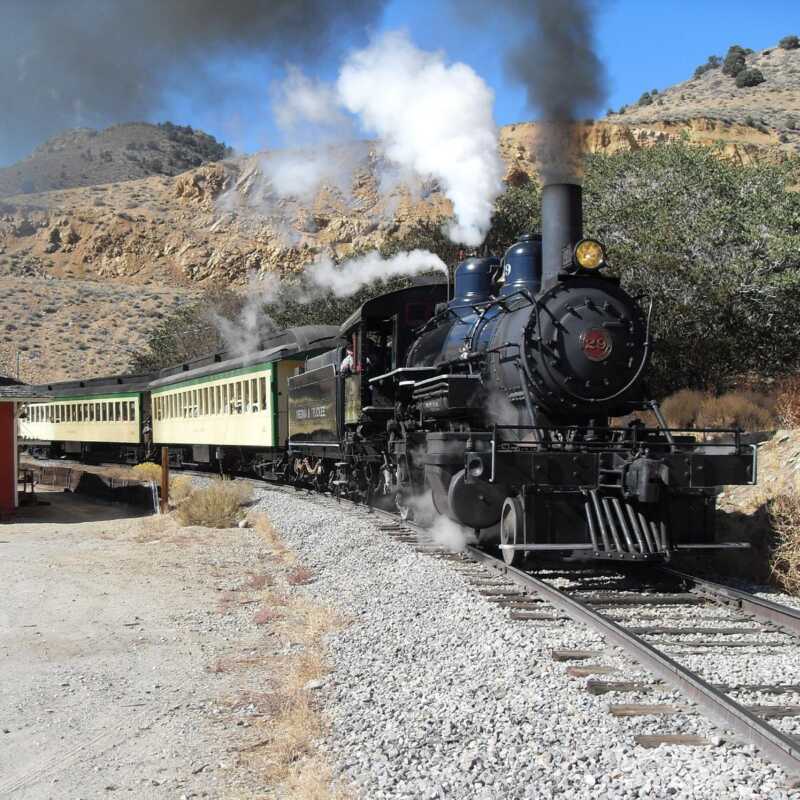
In September 1937, Combine No. 20 again returned to the shops. The baggage section was enlarged by removing half of the smoking compartment partition, the men’s room, and the smoking compartment seats. This change expanded the baggage area from 15 feet to 31 feet, allowing the V&T to use the car for express, baggage and passenger service, and eliminating the need for a separate express car. Wood slats were placed over the windows in the former smoking compartment area. Lettering, “RAILWAY EXPRESS AGENCY” was added to the sides of the car. The change reduced the passenger capacity to 32. The pieces which were removed were stored in the Carson City engine house.
During the late 1930’s the combine was used in regular service along with Mail and Baggage No. 13. In December 1941 Mail, Express and Baggage (Second) No. 21, was placed in service, having been acquired used from the Nevada Northern Railway to replace Mail and Baggage No. 13. Combine No. 20 was also used for several railroad fan excursions.
Combine No. 20 was one of several passenger cars repainted and refurbished in 1945. On February 2, 1947 Combine No. 20, along with several other pieces of V&T equipment, took part in an historical film for the Southern Pacific. The combine’s last revenue run on the V&T was in the Reno Lion’s Club Special between Reno and Minden on August 2, 1947.
Samsung Store: Galaxy Z Fold4

Virginia & Truckee and Hollywood motion picture studios
The Virginia & Truckee had attracted the interest of the Hollywood motion picture studios. Since 1937 the V&T, which needed money, had supplied Paramount with two locomotives and ten passenger cars, Twentieth Century-Fox with a passenger car, and RKO with a locomotive. Metro-Goldwyn-Mayer (Loew’s Inc.) had purchased 1872 built V&T Locomotive No. 11, the Reno, in 1945.
Desiring ‘old-time’ passenger cars of their own, MGM again contacted the V&T, purchasing Combine No. 20 along with Coaches No. 8 and No. 19 for $6,000. On August 26, 1947, forty years after the date Combine No. 20 was ordered, the three cars left the V&T for Hollywood to start a new career on the silver screen.
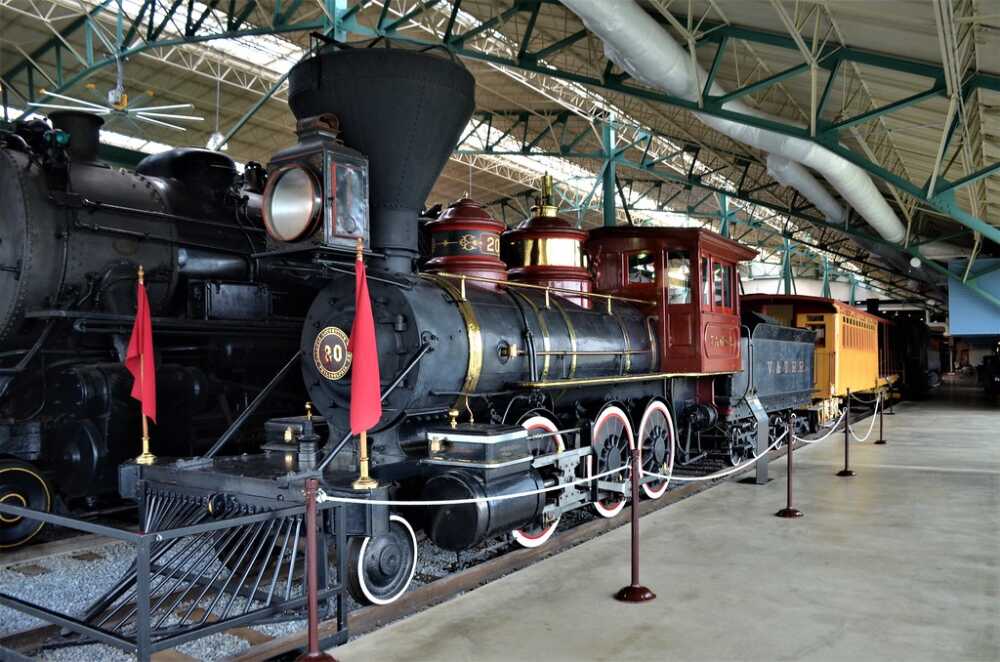
Combine No. 20 is the last V&T passenger car remaining in southern California. V&T Locomotive No. 11, along with V&T Express No. 1 and Coach No. 19 are at Old Tucson, an Arizona film location. The other three Hollywood V&T locomotives, Nos. 18, 22, and 25, and eleven V&T passenger cars have returned from Hollywood to Carson City, Nevada, and are now part of the Nevada State Railroad Museum’s collection.
Virginia & Truckee Railroad Operations
In May 2013, the railroad acquired a GE 44-ton switcher engine and three passenger cars from the defunct Yuma Valley Railway. The diesel has been given the number D-3, and remained stored at the Virginia City Yard pending work until preliminary testing finally began in April 2016.
In November 2016, the railroad acquired an EMD SW1200 from Evraz, numbered 3540.
2020 saw the acquisition of a second bay-window caboose, No. 52, from Jim Dobbas Inc. in Antelope, California. The caboose, a former Union Pacific CA-11 steel caboose built in 1979 as No. 25852, began being used on daily trains to Gold Hill in August 2021, and is used to increase capacity on busy weekends.
In 2021, No. 29, along with cars 101-103, were trucked out to Pawhuska, Oklahoma to appear in the Martin Scorsese film, Killers of the Flower Moon. For the film, the Pullmans were repainted in Pullman green, while No. 29 was repainted as Atchison, Topeka and Santa Fe Railway No. 729 (the real 729 was also a 2-8-0 Consolidation, and several of its classmates are preserved). No. 29 is the latest in a long line of V&T locomotives to appear in films, as equipment from the original V&T frequently appeared in westerns by Desilu Productions. As of June 2022, the Pullmans are still wearing their movie colors, while No. 29 was quickly given its old identity back upon its return.
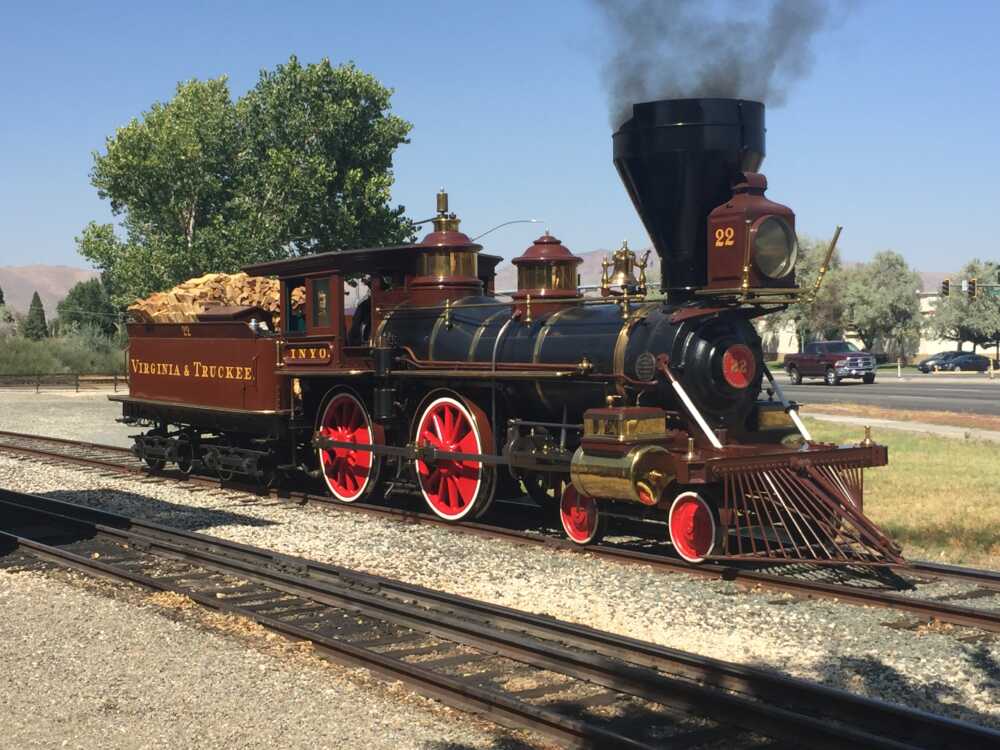
In February 2022, the V&T acquired three pieces of equipment from the Fillmore and Western Railway in Ventura County, California. These were an ex-CB&Q Pullman numbered 2205 and named Rancho Camulos, an ex-SP ALCO S-6 numbered 1059, and the body of a Pacific Fruit Express reefer. 1059 was acquired as a replacement for D-2.
In May 2022, the railroad acquired a Baldwin 2-8-2 from the Oregon Coast Scenic Railroad. The locomotive, No. 100, was built for the Charles R. McCormick Lumber Company in 1926, and ran on the Heber Valley Railroad from 1976 to 1989. The locomotive is currently at the Virginia City shops undergoing restoration work. It has been reassigned the tentative number 30 from SP 1251.
Virginia & Truckee Railroad Current equipment
The following is a list of the locomotives currently owned by the reborn Virginia & Truckee Railroad.
Virginia & Truckee Railroad Steam locomotives
- No. 11: Virginia & Truckee Railroad No. 11 4-4-0 Baldwin built in 1872. Reno was the first locomotive to run a train between Reno and Carson City. Was considered the Crown Jewel of the Virginia & Truckee Railroad and given the affectionate nickname “Brass Betsy”. Remained with the Virginia & Truckee Railroad until 1945 when she was sold to MGM, who owned her until 1970 when she was acquired by the Old Tucson Studios. The locomotive was converted to run on compressed air from a boxcar in the 1980s, and was seriously damaged by a fire in 1996, receiving a cosmetic restoration shortly thereafter and being put on display at Old Tucson Studios. The locomotive was acquired by the revived Virginia & Truckee Railroad in 2021, and arrived in Virginia City on August 25, 2021; it was the first time the locomotive had been in Virginia City since 1938. Inoperable, on display at Virginia City depot, planned to be restored to operation, tender currently receiving work.
- No. 18: Ex-McCloud River Railroad No. 18. Baldwin 2-8-2 built in October 1914. Leased by the commission to the Virginia & Truckee Railroad Operable.
- No. 29: Ex-Louisiana and Pacific Railway No. 252. Ex-Longview, Portland and Northern Railway No. 680. Baldwin 2-8-0 built in October 1916. Acquired by Virginia & Truckee Railroad in 1977. Restored 2001–08. Named “Robert C. Gray”. Operable. Expected to undergo 1,472 day overhaul starting in 2024.
- No. 100: Ex-Heber Valley Railroad No. 100, née Santa Maria Valley Railroad No. 100, Pope and Talbot Lumber Company No. 100, Charles R. McCormick Lumber Company No. 100. Baldwin 2-8-2 built in 1926. Acquired May 2022 from the Oregon Coast Scenic Railroad. Inoperable, undergoing restoration at the Virginia City shops. Tentatively numbered 30.
- No. 1251: Ex-Southern Pacific No. 1251. Built at SP Sacramento Shops in November 1919. On display in Stockton, California from 1957 to 1984. Arrived in Virginia City in July 1984. Inoperable and partially dismantled.
Diesel locomotives
- No. D-1: Ex-US Army No. 1694. General Electric 80-ton switcher built in 1953. Arrived in 2003. Operable and in daily service. Formerly fitted with a Nathan K3LA, but was later replaced by a Hancock air whistle.
- No. D-2: Ex-PPL Montana No. 101. ALCO S-4 built in 1951. Arrived in May 2010. Inoperable due to the scarcity of parts for its ALCO 539T engine.
- No. D-3: Ex-Yuma Valley Railway No. 3; née USMC. GE 44-ton switcher built in 1943. Arrived in May 2013. Operable and in daily service. Repainted to V&T colors in July 2017.
- No. D-4: Ex-Evraz No. 3540, nee BNSF 3540, BN 205, NP 146. EMD SW1200 built in 1957. Acquired November 2016. Operable.
- No. 1059: Ex-Fillmore and Western Railway No. 1059; née Southern Pacific No. 1059. ALCO S-6 built in 1956. Acquired February 2022. Operable.
- No. 1605: Ex-Sacramento Southern Railroad No. 1605, née United States Air Force No. 1605. GE 80-ton switcher. Acquired sometime in 2018 from Truckee Donner Railroad Society. Inoperable, used as a source of spare parts for D-1 and D-3.
Motor cars
- No. M-1: Ex-Chicago, Burlington and Quincy Railroad No. 507, later No. 9507. Built by Edwards Rail Car Company in 1926. Arrived in December 2010. Inoperable due to small wheels; used as a woodshop.

Passenger cars
- 1st No. 25: Combination Car. Ex-San Francisco and North Pacific Railroad No. 37, later Northwestern Pacific Railroad No. 37. Arrived in 1975. Used as the Virginia City Ticket Office 1976–2013. Built in 1888 by Harlan & Hollingsworth. De-numbered in 2020 after the second No. 25, a cupola caboose, entered service.
- 2nd No. 25: Caboose. Origin unknown. Acquired from Roaring Camp Railroads in late 2000s-early 2010s. Initially planned to be used on Eastgate trains, the frame was found to be rotting, and thus was bad-ordered. Entered service as part of a photo freight in February 2020. Serviceable.
- No. 50: Ex-Western Pacific Railroad No. 680. Bay-window caboose. Built in 1916. Entered service in 1977. Serviceable, used on Gold Hill trains.
- No. 52: Ex-Union Pacific Railroad No. 25852. CA-11 bay-window caboose. Built in 1979. Acquired 2020 from Jim Dobbas Inc. in Antelope, California. Serviceable, used on Gold Hill trains.
- No. 54: Ex-WP Box Car. Converted into a tunnel car, but capable of carrying passengers. Possibly built in 1916. Last used in passenger service in the mid-1990s.
- No. 55: Ex-WP Box Car. Converted into an open-air gondola. Built in 1916. Entered service in 1977. Serviceable, used on Gold Hill trains.
- No. 100: Ex-Bangor & Aroostook parlor car No. 100. Named “Ardelle Mae”, unofficially “Reno”. Built in 1907 by American Car & Foundry. Used for special events.
- No. 101: Ex-Delaware, Lackawanna and Western Railroad coach. Built by Pullman Company in 1914. Named “Gold Hill”. Arrived in July 2008 and entered service in May 2009. Serviceable, used on Carson City trains.
- No. 102: Ex-DL&W coach. Built in 1914 by Pullman. Named “Silver City”. Entered service in May 2009. Serviceable, used on Carson City trains.
- No. 103: Ex-DL&W coach. Built by Pullman in 1917. Named “Carson City”. Entered service in September 2010. Serviceable, used on Carson City trains.
- The V&T also owns several coaches that are currently stored in the Virginia City yard in a dilapidated state. One of the coaches was the private car of Confederate General Robert E. Lee, while another was a presidential car used by the Mexican Government. Another one was a former outfit dining car for the work crews of the Tonopah and Tidewater Railroad, another famous Nevada shortline. The car was also used in several movies made by R-K-O Pictures with other famous pieces of Virginia & Truckee Railroad rolling stock.
